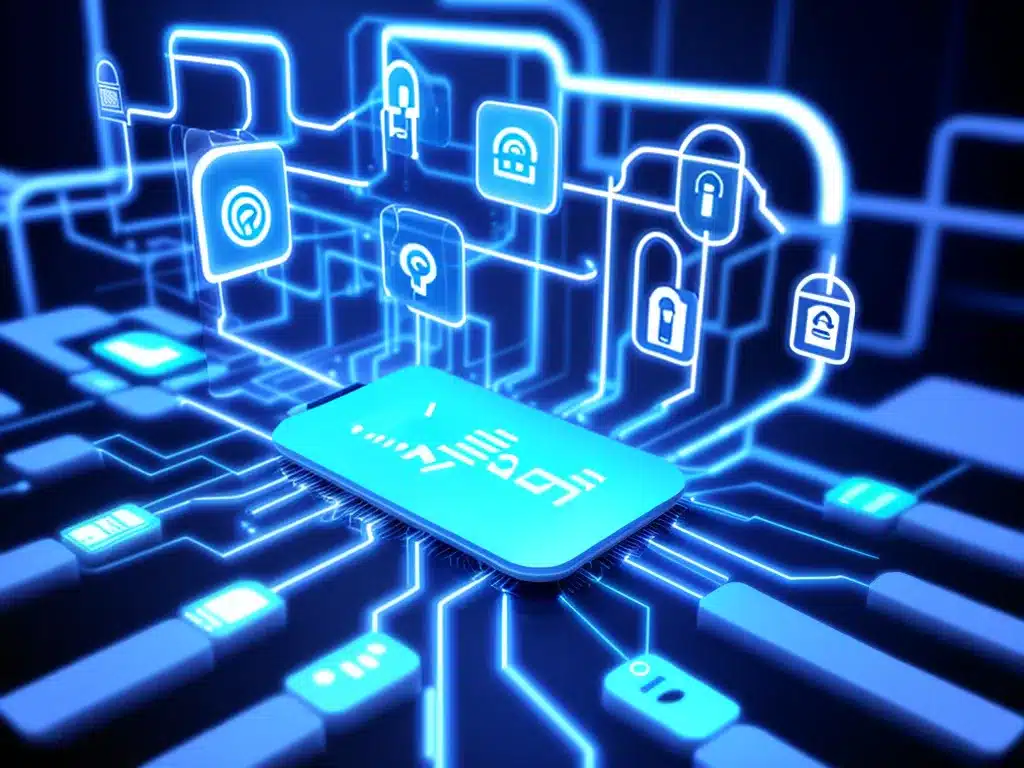
IoT Identity and Access Management: Securing Connected Devices
Introduction
The Internet of Things (IoT) refers to the billions of internet-connected devices and objects that collect and share data. Examples include smart home devices like security cameras and thermostats, as well as industrial equipment like sensors and controllers. One of the biggest challenges facing IoT is identity and access management (IAM). IAM allows organizations to control who and what can access their systems and data. With IoT, the number of identities that need to be managed grows exponentially. Without proper IAM, IoT devices become prime targets for cyber attacks. In this article, I will provide an in-depth look at the unique IAM challenges posed by IoT and strategies for securing connected devices.
Unique IAM Challenges for IoT
IoT devices have several characteristics that make IAM uniquely challenging:
Sheer Volume of Devices
- There can be millions of IoT devices connected to a network, each of which is a potential entry point for attackers. Traditional device-by-device IAM approaches don’t scale.
Constrained Capabilities
- Many IoT devices like sensors have limited computing power and memory. They can’t support sophisticated authentication protocols or store credentials.
Communication Protocols
- IoT devices use diverse protocols like MQTT and CoAP to communicate. These lightweight protocols weren’t designed with security in mind.
Resource Limitations
- Battery-powered devices need to maximize operational lifetime. Computationally-intensive IAM processes undermine this goal.
Lack of Standards
- The IoT industry lacks standards for communications, data formats, and security. This makes centralized security difficult.
IoT IAM Strategies
Given the challenges, here are some recommended strategies for IoT IAM:
Identity Federation
- Federate identities for people, processes, and devices. This allows single sign-on across all connected systems.
Role-Based Access Control (RBAC)
- Use RBAC to assign access rights based on roles rather than individual identities. This simplifies authorization at scale.
Lightweight Protocols
- Adopt lightweight security protocols like MQTT-SN, CoAP-DTLS, and OSCORE that are designed for IoT.
Gateway Security
- Use a security gateway to handle authentication and authorization for constrained IoT devices.
X.509 Certificates
- Digitial certificates can be used to issue unique identities to IoT devices that validate trustworthiness.
Blockchain
- Blockchain technologies like distributed ledgers provide decentralized identity and access control frameworks suitable for IoT.
Conclusion
Securing the rapidly growing world of IoT devices presents unique IAM challenges not seen in traditional IT environments. By leveraging identity federation, RBAC, lightweight protocols, gateways, digital certificates, blockchain and other technologies, organizations can effectively control access to their connected devices and minimize potential security risks. The key is taking an IoT-centric approach that accounts for the scale, constraints and communication patterns of this new environment. With careful planning and the right strategy, robust IoT IAM can enable the next generation of smart, secure, interconnected things.












